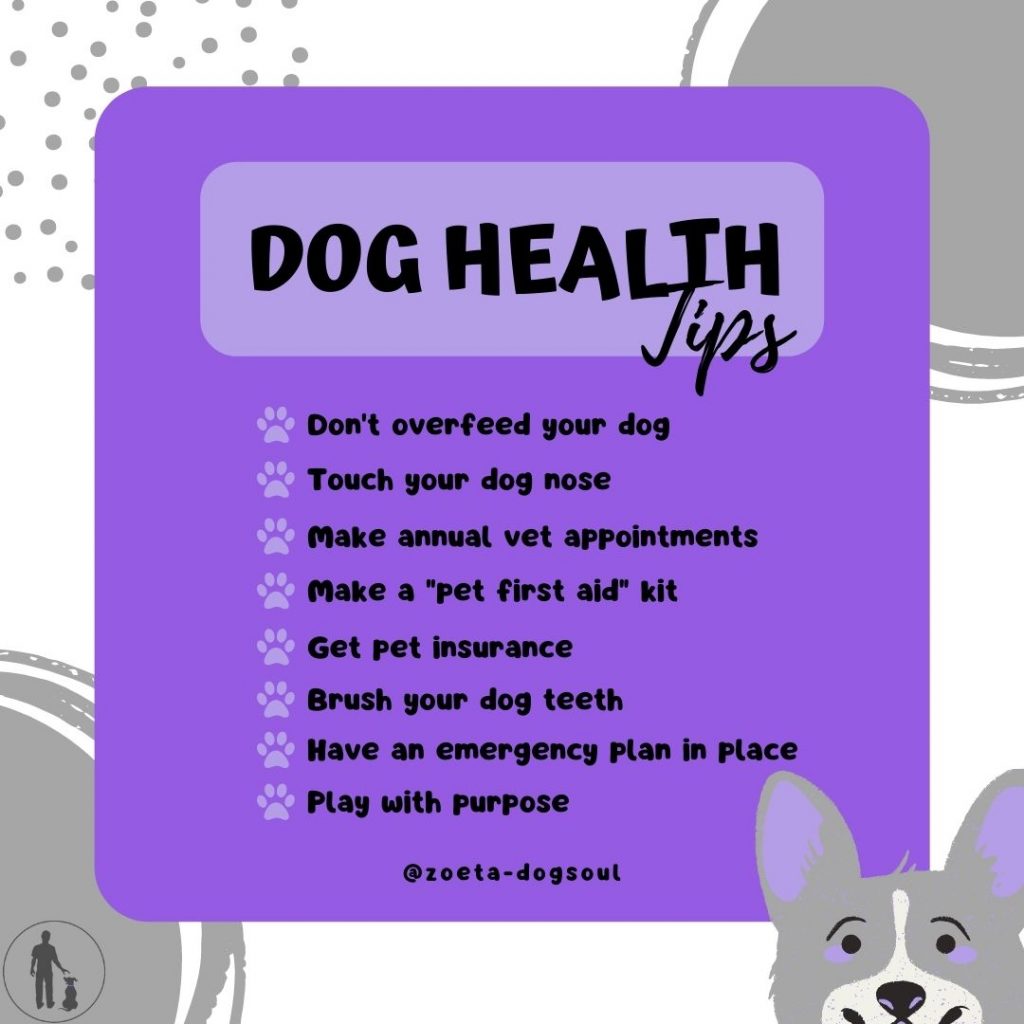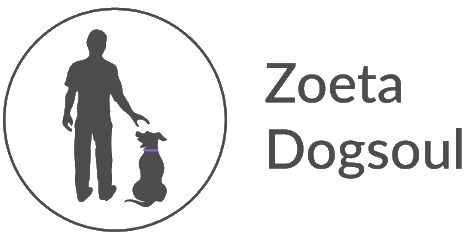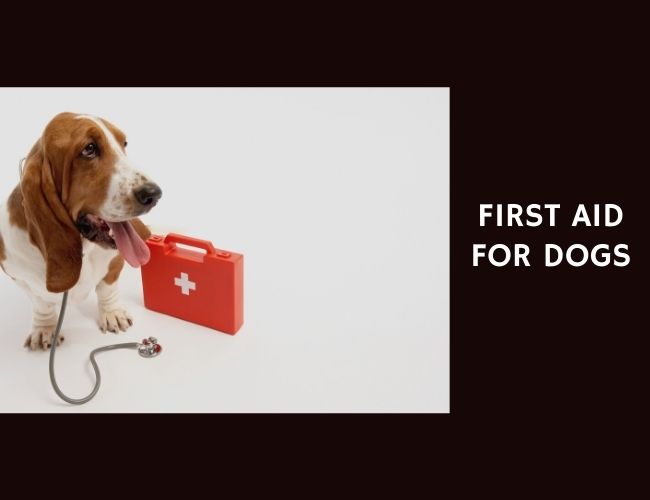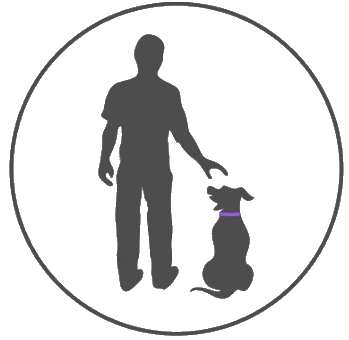Emergency situations are available in all types; auto mishaps, bite wounds, burns, heatstroke, poisoning, seizures, and much more.
What is first aid?
First aid is initial treatment given up a medical emergency situation. Its objective is to:
- preserve life
- lower pain as well as discomfort
- reduce any risk of irreversible handicap or disfigurement
In an emergency, what should I do first?
1. Keep calm as well as analyze the scene for any type of added threats to you or your pet dog. This is important for every person’s security.
2. Keep your dog cozy (except when it comes to heat stroke), as silent as possible, and maintain motion to a minimum, specifically if there is possible trauma, busted arm or legs, or any kind of neurological signs and symptoms.
3. Contact your vet medical facility, educate them of the circumstance and obtain details first aid recommendations.
4. To securely move or deliver an injured dog, obtain somebody to aid you. For a small dog, placed him into his provider (eliminate the top for very easy and risk-free accessibility to the service provider; DO NOT press an injured dog with the little door or opening), or use a suitable container such as a solid cardboard box. For a larger dog, make use of a makeshift stretcher constructed of some inflexible material such as an appropriate sized, sturdy item of timber. Meticulously maneuver your dog onto a covering or layer to ensure that he can be delicately transferred to the service provider, box, or cot.
5. Get to a vet healthcare facility as soon as possible.
What are some pointers on limiting or relaxing an injured dog?
The majority of damaged pets will certainly be worried and/or disoriented.
” The anxiety of an emergency can trigger an otherwise pleasant pet to act aggressively.”
The stress and anxiety of an emergency can create an or else pleasant pet to act boldy. Although a lot of panicky dogs will certainly react to a calmness, relaxing voice, usage care when coming close to or touching any kind of hurt animal. It is necessary to guarantee the security of all rescue workers that are attempting to aid with a hurt animal. Several of the types of restriction that can ensure the safety and security of both dog and also people consist of:
Muzzling. You can produce a muzzle out of a leash, belt, sock, rope, or strap. Loop the cord around the dog’s muzzle as well as tighten it to prevent the animal from biting. Dogs have only one muscle to open their jaw so once the jaw is shut, it is reasonably very easy to hold it securely shut. Animals can take a breath via their nostrils unless the nose is injured or obstructed.
Covering. You can cover the body of an unrestrainable pet in a covering or towel. Make certain to keep the head revealed as well as do not constrict the trachea.
Immobilizing: If you are questionable of back injury, lay the animal on a board and safeguard it on the board with bands or cables. Pay special attention to immobilizing the head and neck.
What is shock?
Shock is an intricate systemic or whole body response to a variety of emergency situations. These consist of serious injury, hemorrhage or abrupt loss of blood, heart failure, and also various other root causes of lowered blood circulation (e.g., extreme as well as abrupt allergy as well as warm stroke). A dangerous fall in high blood pressure is a harmful part of shock.
” Systemic shock may create irreparable injury to body cells, as well as it can be deadly.”
Otherwise treated swiftly and properly, systemic shock might create irreparable injury to body cells, as well as it can be deadly.
What are the indications of shock?
Professional indications of systemic shock consist of quick breathing and also raised heart price with light mucous membranes: gum tissues, lips, or under the eyelids. The feet or ears might really feel chilly and your dog might vomit and also shiver. As shock progresses most family pets come to be silent and also less competent.
What should I do if my dog is showing indications of shock?
Keep the dog as peaceful as possible and try to save heat by covering it with coverings, towels, or perhaps newspapers. Follow the A, B, C’s of first aid:
A – Air
B – Breathing
C – Heart control
Air passage. Anything that blocks the respiratory tract stops oxygen from entering the lungs. Do your best to get rid of the mouth as well as throat of any type of obstruction such as vomit, saliva, or foreign bodies such as lawn, sticks, or spheres. Take care – your dog may bite you in panic.
If the dog is subconscious and does not appear to be breathing, try gently pumping the breast with the hand of your hand, at the same time feeling just behind the elbow to discover a heart beat or pulse. If this is unsuccessful, give the dog rescue breathing (see below). Take care – hurt pet dogs might attack you out of concern. If you are uncertain about the wellness or inoculation standing of the hurt pet, prevent contact with physical liquids and blood.
Cardiac function. If you are incapable to identify a heartbeat or pulse, or if appears weak and slow, attempt continuing the chest with your hand and also elevate the reduced fifty percent of the body to promote blood circulation to the brain. Adhere to the steps listed below, under mouth-to-mouth resuscitation.
Just how do I perform rescue breathing for a dog?
When you encounter an unresponsive dog, the primary step is to guarantee that there is an open airway.
1. Thoroughly pull the tongue out of the mouth.
2. Prolong the head and neck to make sure that they remain in a straight line. DO NOT overextend the neck in animals that have noticeable head and also neck injury.
3. Meticulously clear the mouth of any kind of particles that may be blocking breathing.
4. Position your turn over the pet’s muzzle while holding the mouth shut and expanding the neck. For lap dogs, you can occasionally improvisate with a styrofoam mug or various other comparable thing, by putting the opening over the dog’s face and jabbing a big hole in the bottom for you to breathe via. Guarantee a relatively limited seal around the muzzle.
5. Blowing into the nostrils, provide 2-3 breaths as well as look for a rise in the breast. If you do not see a surge in the chest, reposition the neck or look for air passage blockage.
6. If you believe there is an airway blockage that you can not see, transform the dog inverted, with the back versus your chest. Offer 5 sharp drives to the abdomen to try and also get rid of any kind of things (this maneuver can be difficult to do in huge dogs as well as you will certainly require support).
7. For rescue breathing, supply 20 breaths per min.
8. If the dog stops working to take a breath on his own, you may attempt an acupressure maneuver. Press securely with your fingernail or various other difficult item in the space just below the nose on the top lip (nasal philtrum). Keep the stress for 10-30 seconds.

Suppose the dog calls for CPR?
After you have established an air passage as well as started rescue breathing, if there are still no evident indications of life you ought to try upper body compressions.
1. See to it there is no significant bleeding. If there is blood loss, have an assistant take care of the blood loss (see listed below) while you perform CPR.
2. Preferably, lay the dog on his best side.
3. Feel for a heartbeat or femoral pulse. The femoral pulse lies inside the leg in the groin area. Dogs do not have an easily apparent carotid (neck) pulse.
4. Bend the left lower arm and also note the location where the arm joint touches the upper body. This is close to the middle of the rib cage.
5. Putting one hand on each side of the chest in the middle of the chest, intensely compress the breast 100-120 times per minute. For small dogs (under 10 extra pounds), make use of one hand to compress the upper body from both sides by placing your fingers on one side and also your thumb beyond of the chest. The rate must have to do with 30 compressions for every 2 breaths.
6. Try to press the breast wall surface at least 30-50%. This is about 1″ (2 centimeters) in lap dogs as well as 2-3″ (5-8 cm) in bigger dogs.
What is the certain first aid for some of the a lot more usual emergencies?
Blood loss. When you have actually adhered to A, B, C over, if the bleeding is severe, attempt to stop it. If blood loss is from a cut pad or paw, apply a dressing using an item of absorbent bandage or clothing. If the blood loss continues and is soaking through the plaster, do not lose any more time, and reach your vet, since this is a clinical emergency situation. Many bleeding injuries will certainly need clinical or surgical therapy. If the wounds are treated within four hours, they can commonly be sutured. Deep cuts dealt with after 4 hrs have actually increased risk of infection and also difficulty, as well as call for even more comprehensive surgical procedure.
Burns and scalds. Great the scorched area with cold water as promptly as feasible. Cover the burnt area with damp towels. If the injury is due to a caustic compound, rinse with cold water for 15 mins and contact your veterinarian for more guidance. Animals that have actually been subjected to heat or smoke from a fire need to be offered water as quickly as the situation is stable.
Eye injuries. Injuries to the eye are always really excruciating and can endanger the sight. If an international body (grass awn, stick, hair, and so on) can be seen, it may be possible to remove it by carefully washing the eye with eyewash or get in touch with lens saline remedy (make certain to examine that there are no other components as well as it is ONLY saline option). Do not permit the dog to rub the eye, either with its paws or against the furniture or carpeting. Look for vet suggestions as soon as possible.
Seizures. Seizures can be because of several reasons. These include eclampsia (milk fever in a nursing mommy), toxicities, and epilepsy. If due to eclampsia, eliminate the puppies from the mommy right away. All dogs that are seizuring or have had a current seizure ought to be kept in a dark, quiet, constrained location till clinical help can be looked for. DO NOT reach into your dog’s mouth; they will not swallow their tongue, yet you will get bit. Contact your veterinarian promptly.
Warm stroke. This most typically occurs in heat when dogs are left in autos without adequate ventilation. Body temperature rises significantly. Initial clinical indications consist of extreme panting and also apparent distress, but can rapidly proceed to coma as well as death. Reduce the pet’s body temperature as rapidly as feasible using awesome water and maintain the dog damp throughout transportation to the vet. Keep the car home windows open, as dissipation will certainly help in reducing body temperature level. Stay clear of making use of ice or ice water since this might go down the temperature level as well promptly and create added complications.
Is there anything else I should understand?
After being associated with an emergency or accident, it is essential that you take your dog for a vet examination immediately, even if he shows up to have recuperated fully.
Get your Dog Boarding in Chiang Mai, Dog Training in Chiang Mai & Dog Training in Bangkok today.



